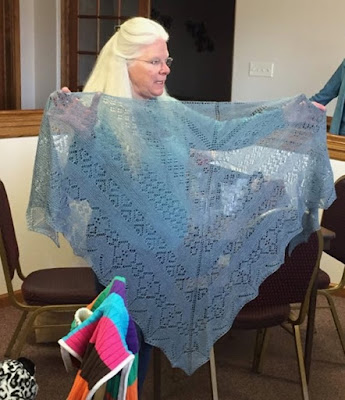 WEBS
WEBS shares how to reduce the frustration of ripping a project back to fix a mistake.
In stockinette stitch, identify the row below the row you will want to start re-knitting. Insert your needle under the first strand of yarn in the V that makes up the first stitch of the row on the right side. Continue this down the row, picking up the first strand of yarn in the V and skipping the second leg of the V. You’ll be picking up every other strand of yarn without dropping any.
This week’s tip shows us how to pick up stitches before ripping back so your don’t have to worry about the live stitches unraveling.
In garter stitch, you’ll be doing the same thing. If you stretch your knitting a bit, you can see the same V’s under the bumps of the garter stitch. Insert your needle into the first leg of the V in the garter stitch as well.
Once you have your needle inserted all the way along the row, you can pull the working yarn to rip back the rows above the needle. The stitches will be sitting on your needle ready to go.
It’s best to use a needle smaller than your working needle to pick up your stitches, but remember to switch back to the original size needle when you start knitting again.


















































